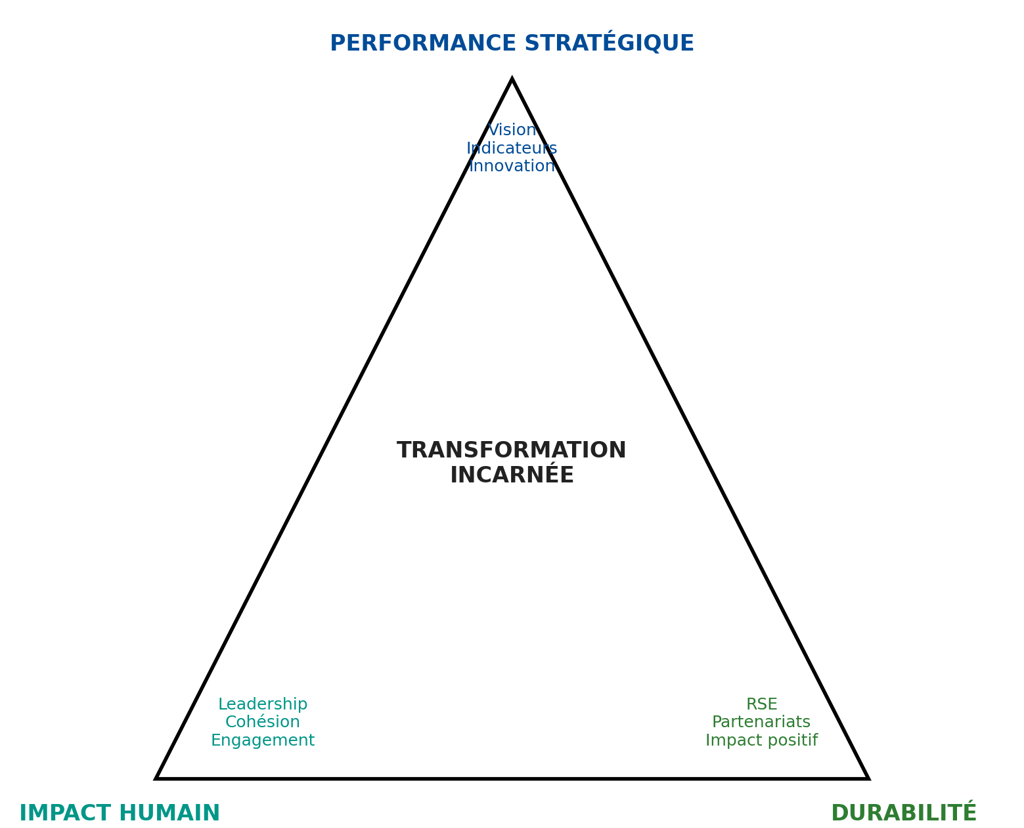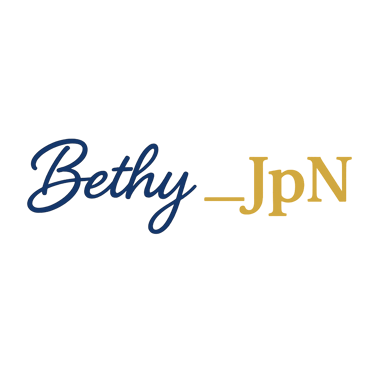Transform Without Losing the Human Touch: Reflections on the Role of Today’s Consultant
Discover how modern consultants can lead strategic transformations that combine performance, humanity, and lasting impact.
Bethy Jean Philippe N'GUESSAN
8/9/20252 min read


Introduction – The Temptation of “Remote-Control” Management
During an international assignment, I was part of a strategic transformation project managed entirely from a headquarters located thousands of kilometers away from the field.
The dashboards showed impressive results… yet on the ground, teams were demotivated, and the solutions implemented often failed to reflect local realities.
This example highlights a common pitfall: transforming without anchoring in human realities and field conditions risks creating superficial changes that are quickly reversed.
The Limits of a Purely Technical Transformation
A transformation driven solely by numbers carries several risks:
Loss of buy-in: employees don’t understand the purpose of the change.
Field-strategy gap: solutions ignore operational constraints.
Fragile results: without ownership, new practices quickly erode.
💡 Real-life example: A company I advised had restructured its procurement based solely on cost criteria. Six months later, supplier tensions and logistical delays had wiped out most of the gains.
The Consultant as a Human Catalyst
A consultant’s role goes beyond delivering an action plan. They must act as a catalyst for lasting transformation by:
Listening to and observing internal dynamics.
Building bridges between strategic objectives and operational realities.
Fostering collective intelligence and co-creation.
🎯 Example: In a public sector mission, I spent the first few weeks observing and engaging with every hierarchical level. This immersion made it possible to design a realistic action plan embraced by all.
Three Pillars to “Transform Without Losing the Human Touch”
Field Presence
→ Understand the codes, culture, and real constraints before prescribing solutions.Co-Construction
→ Involve teams in defining and implementing solutions.Alignment of Values & Objectives
→ Ensure transformation reflects the company’s ethical and cultural commitments.
💡 Tip: Create a “mirror committee” of field representatives to challenge the project throughout its implementation.
The Benefits of an Embodied Transformation
Stronger buy-in: employees feel part of the change.
Sustainable results: solutions are tailored and embedded into daily practices.
Enhanced reputation: the company gains credibility with stakeholders.
📌 Case Study: In a procurement transformation program, integrating participatory workshops reduced resistance and increased tool adoption rates by 30%.
Conclusion – Bringing Meaning Back to Consulting
The consultant of tomorrow is no longer just a technical expert — they are a strategist who understands and mobilizes people.
To transform without losing the human touch is to balance performance, human impact, and sustainability.
If you want to lead a strategic transformation that engages your teams and delivers lasting impact, I invite you to contact me for a tailor-made advisory approach.
Expertise
Strategic Procurement & Supply Chain Consulting:
Contact Me
jeanphilippe.bethy@gmail.com
+33 07 69 05 74 82
© 2025. All rights reserved.
Subscribe to Our Newsletter
Cost Optimization
Performance Management
Change Management
Synergies between Procurement, CSR & Digitalization
books
Photography
My World


